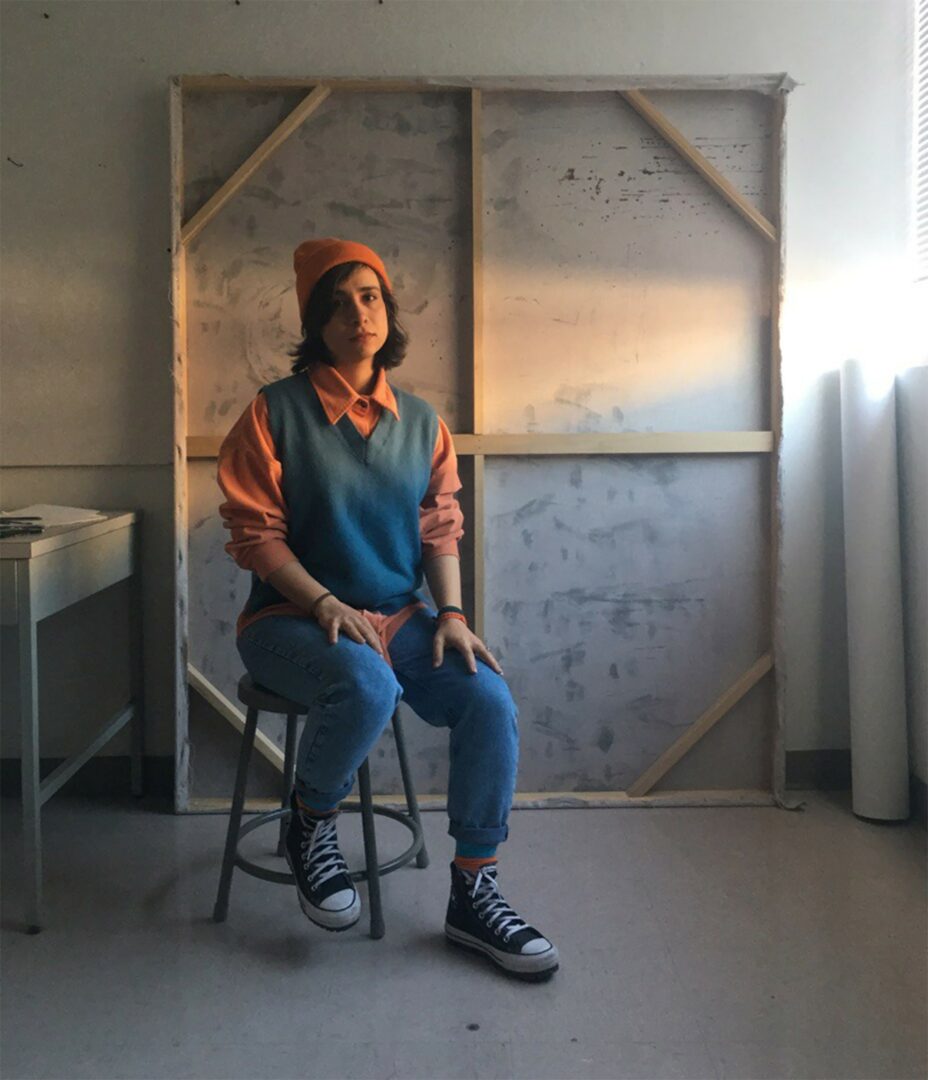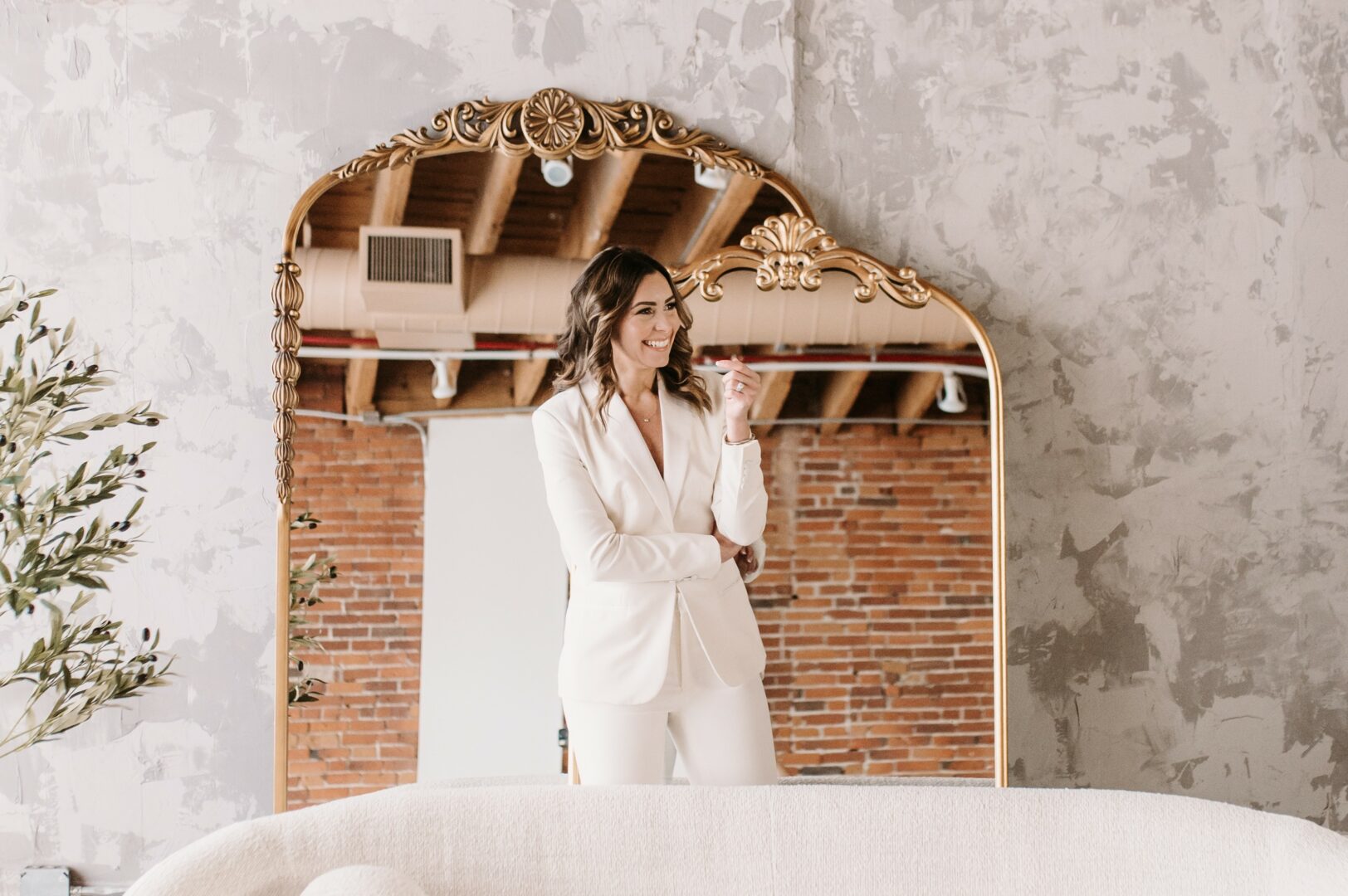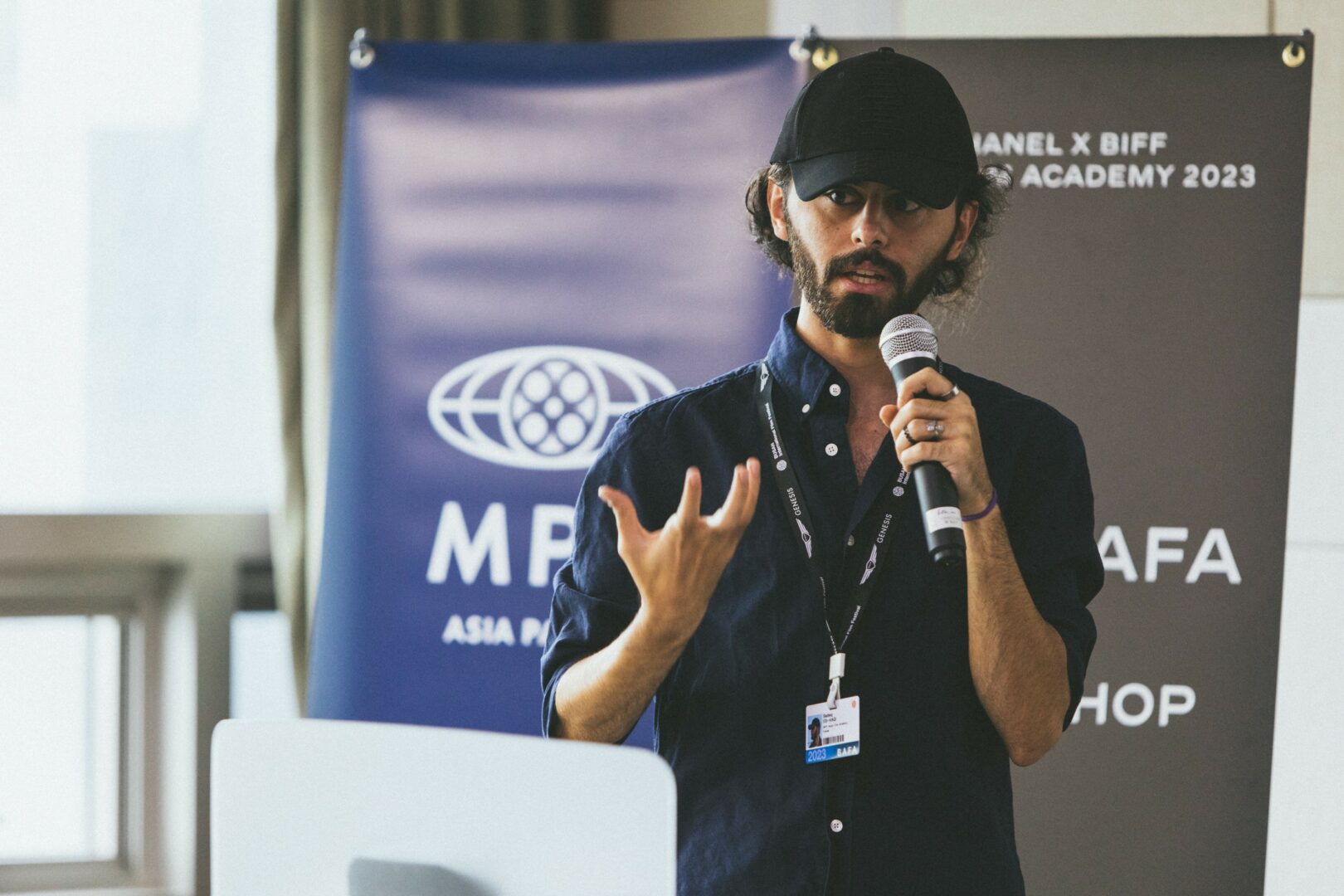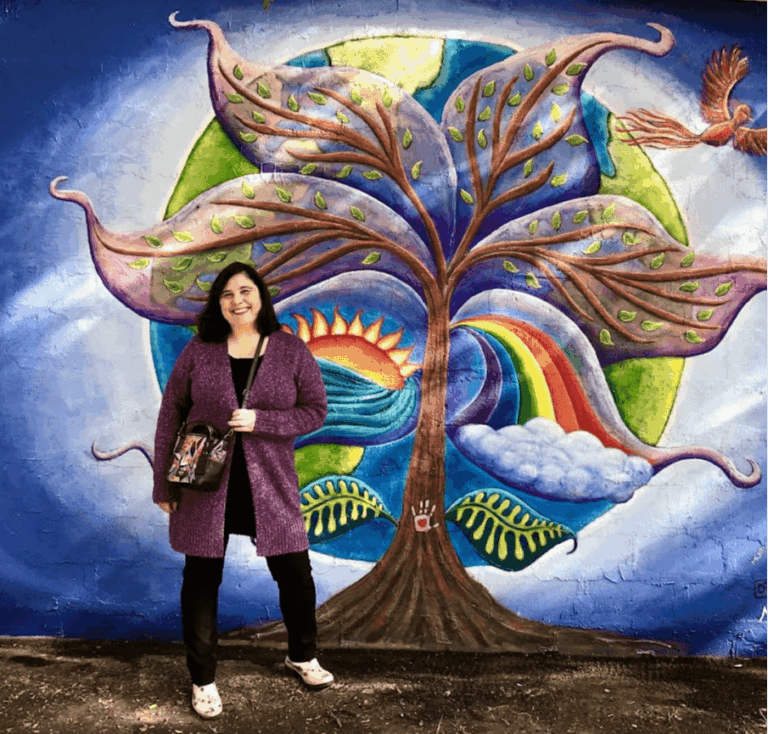We recently connected with Behnaz Ghasempour and have shared our conversation below.
Behnaz, appreciate you making time for us and sharing your wisdom with the community. So many of us go through similar pain points throughout our journeys and so hearing about how others overcame obstacles can be helpful. One of those struggles is keeping creativity alive despite all the stresses, challenges and problems we might be dealing with. How do you keep your creativity alive?
For me, creativity is not something to be chased; it’s something to be listened to. I keep it alive by attuning myself to silence, memory, and the emotional traces people leave behind. Growing up in Iran, where many things couldn’t be spoken out loud, I learned to observe deeply, to feel the weight of unspoken words, and to find meaning in stillness. That space between what is felt and what can be expressed has always been fertile ground for my imagination.
At the heart of my creative process is drawing, a language through which I process memory, emotion, and presence. Every line I make is a way of listening: to the silence of others, to what’s been lost or left unsaid, and to the invisible emotions that linger between us.
I also nourish my creativity by working with materials that carry cultural and personal resonance, such as copper and thread. These materials allow me to explore the unseen bonds between people and to remain in dialogue with my roots, my homeland, and the women in my life whose quiet strength shaped my worldview. They hold stories, and through them, I trace connection and transformation.
Ultimately, creativity stays alive in me because I allow vulnerability into my process, not as weakness, but as a source of strength. I draw from emotional memory, distance, longing, and resilience, and I try to translate those internal experiences into visual forms that others can feel. Art, for me, is not just practice; it’s a way to stay human, stay open, and keep the invisible.
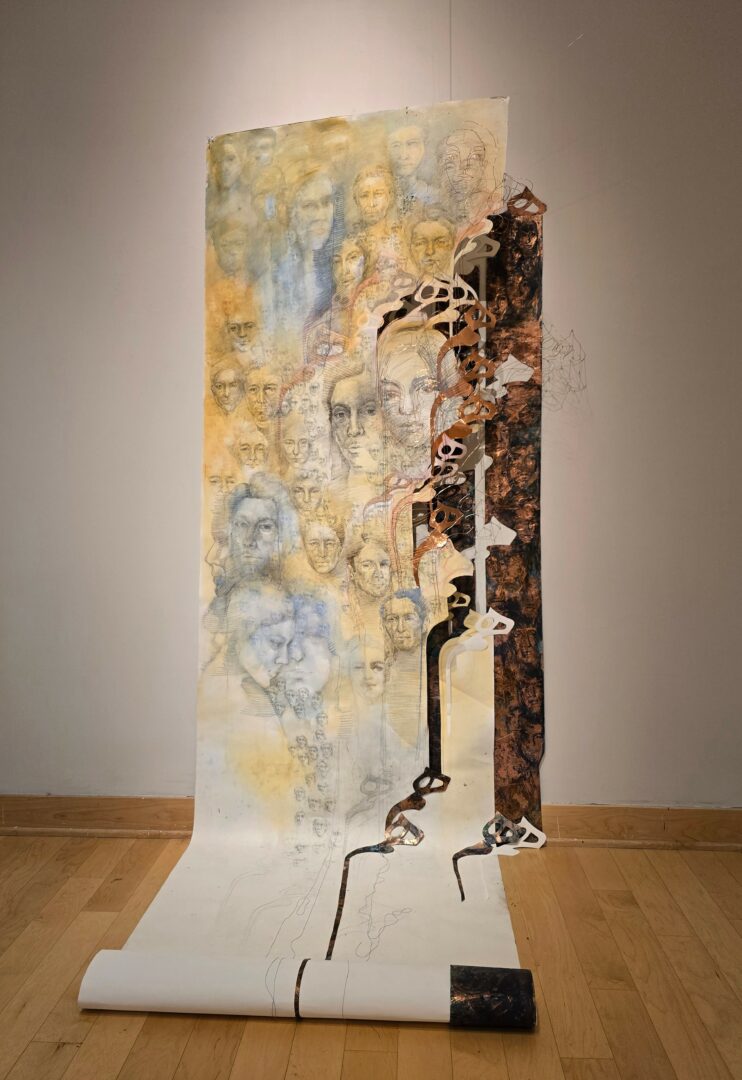
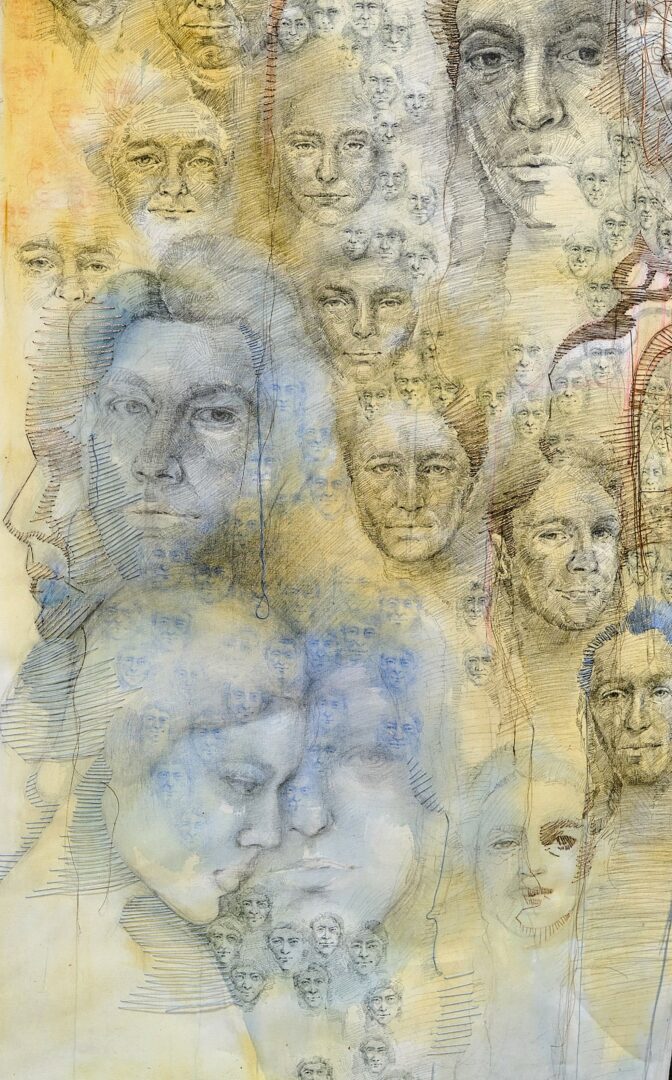
Thanks for sharing that. So, before we get any further into our conversation, can you tell our readers a bit about yourself and what you’re working on?
As an Iranian visual artist currently based in the United States and pursuing my MFA in Studio Art, my practice is rooted in the exploration of human connection and emotional memory. Drawing is my primary language at the core of my work; through line, I process presence, absence, and inner life. Alongside drawing, I work with copper and thread, materials that hold deep personal and historical resonance. Together, these elements allow me to weave stories of silence, resilience, and the unseen bonds that connect us.
What excites me most about my artistic path is how material and lines come together to voice what often remains unspoken. Growing up in Iran, where much was communicated through silence or gesture, profoundly shaped how I see, listen, and create. My current body of work, The Invisible Threads, is a multimedia series exploring emotional and cultural connections that sustain us, especially in times of rupture and displacement. This project draws from my lived experience as a woman, reflecting themes such as distance, togetherness, vulnerability, and healing.
Copper, for me, is more than a material; it’s a metaphor for endurance, memory, and transformation, much like people who change over time yet persist. Thread is not just a formal element; it recalls memories of my mother and grandmother sewing with care and quiet attention. In my practice today, thread becomes a language of feeling, telling stories of care, memory, and invisible ties woven in silence.
Currently, I am preparing to present The Invisible Threads in upcoming exhibitions and am in the early stages of developing a site-responsive installation that incorporates whispered voices, ambient sound, and soft shadows to deepen the immersive and emotional quality of the work. The presence of shadow, subtle, shifting, and often overlooked, serves as a quiet metaphor for hope, like an invisible thread connecting past to present, self to other.
Alongside these material and sensory explorations, I am actively building bridges within the creative community both in the U.S. and internationally. Through future shows, artist talks, and cross-cultural collaborations, I hope to share these silent yet persistent narratives of endurance, empathy, and belonging, while fostering spaces for reflection, connection, and shared humanity.
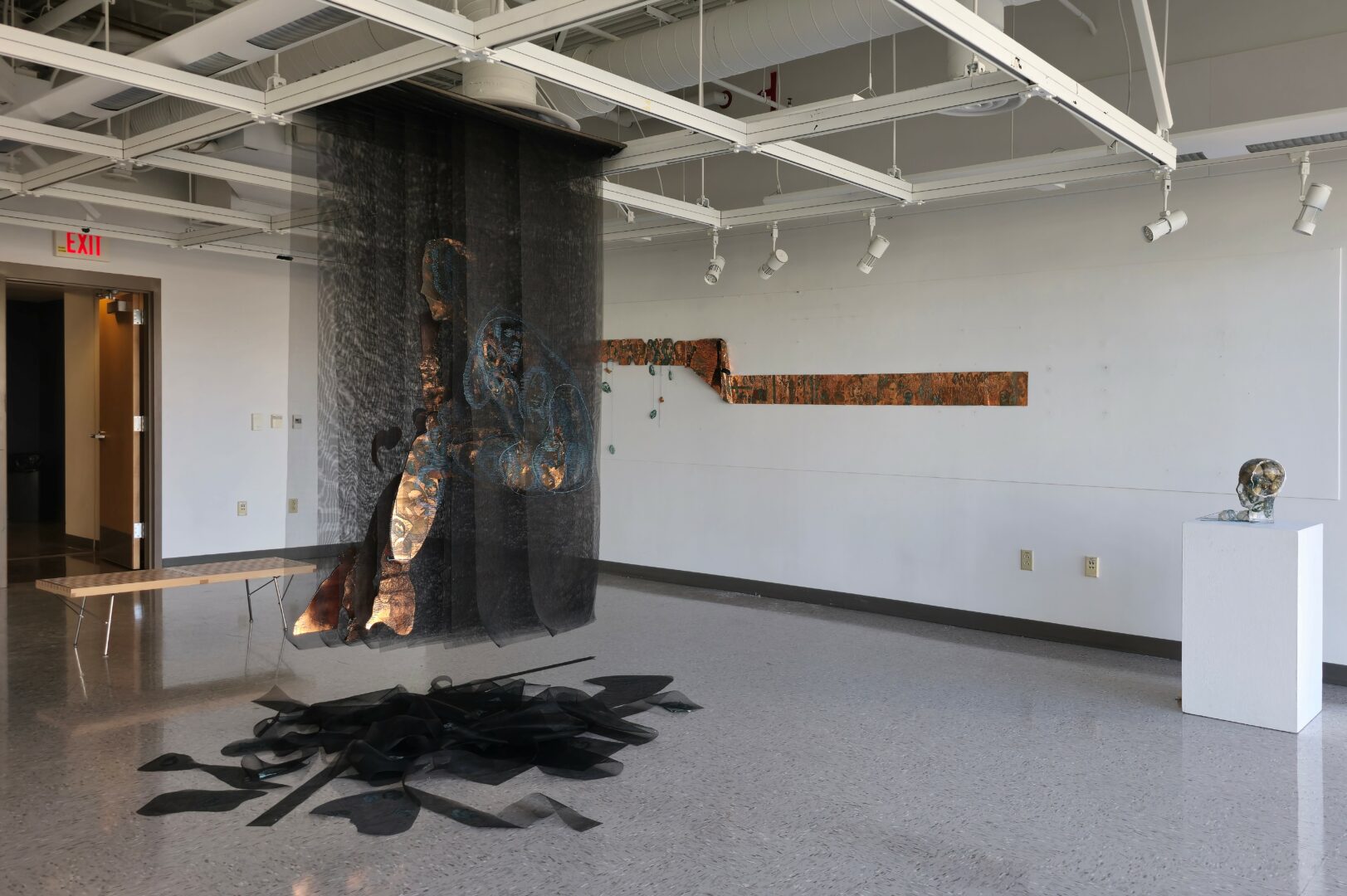
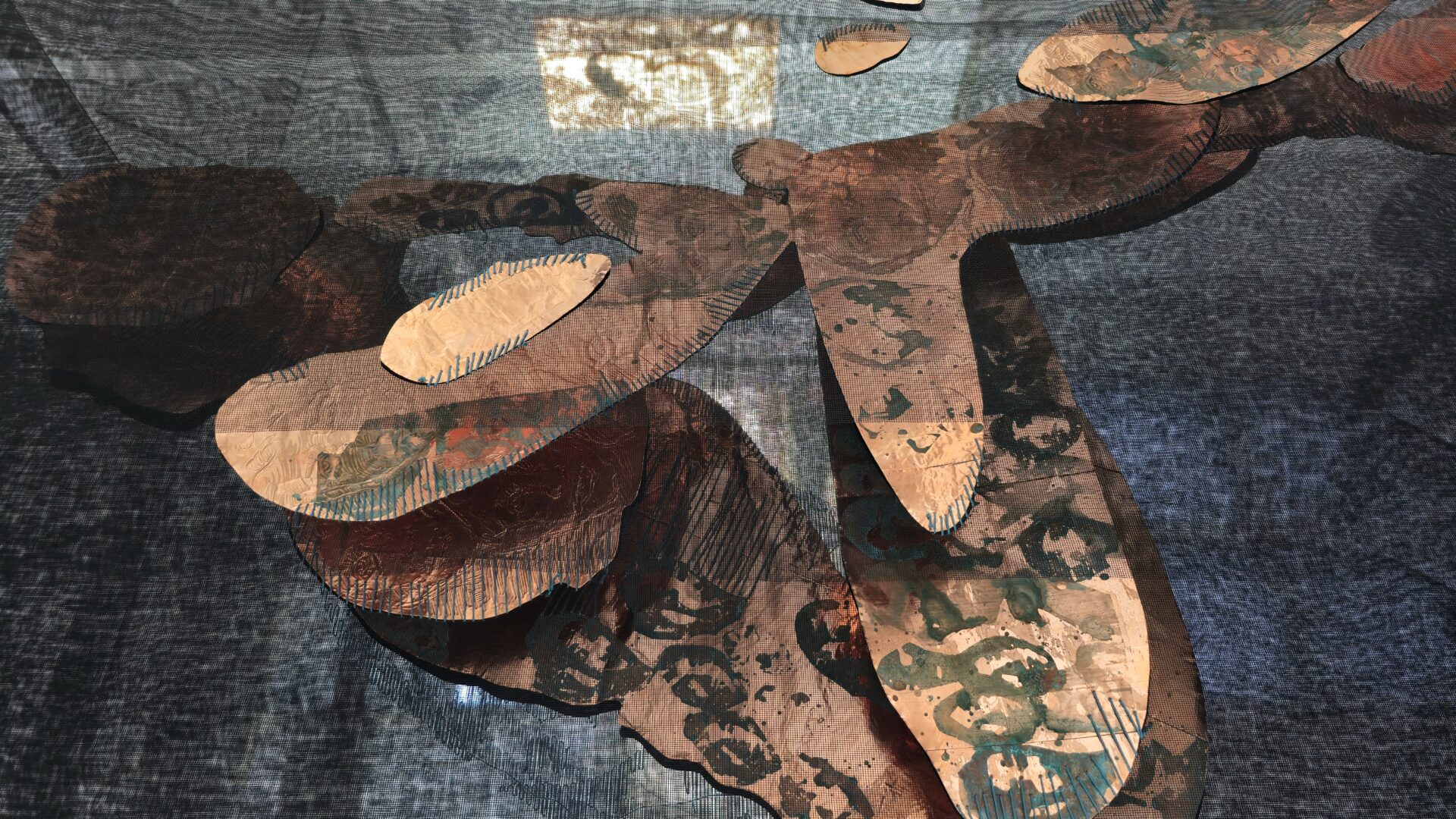
If you had to pick three qualities that are most important to develop, which three would you say matter most?
1. Deep Observation and Emotional Listening
One of the most impactful qualities in my journey has been learning to observe deeply, not just with the eyes, but with attention to silence, gesture, and what is left unsaid. Growing up in a culture where many things were not openly expressed, I developed an intuitive sensitivity to emotional nuance. That attentiveness became my foundation—not only as an artist but as a person trying to understand the world with care and precision.
Advice: Train yourself to listen beyond words. Pay attention to quiet moments, small details, and emotional undercurrents; this is where insight and creative depth often live.
2. Patience and Trust in Timing
In a fast-moving world, it can feel risky to slow down, but my growth has come through trusting slowness. Some ideas take years to surface. Some emotions take time to translate. I’ve learned not to rush my process, but to give it space to unfold organically.
Advice: Don’t measure progress only by speed or productivity. Value the quiet stages, thinking, feeling, absorbing, as part of the work. Slowness is not weakness; it’s where the most honest work begins.
3. Finding a Personal Language of Expression
At some point, I realized that creativity is not just about making, it’s about finding the right vessel for what you need to say. For me, that vessel became drawing, copper, and thread, materials that carry stories from my past, the quiet strength of the women in my family, and the emotional traces of cultural memory. But for others, that vessel might be words, movement, or even conversation.
Advice: Pay attention to what feels emotionally true to you. Whether it’s a material, a method, or a space, your chosen language of expression should feel like a home, something that lets you express what cannot be said directly.
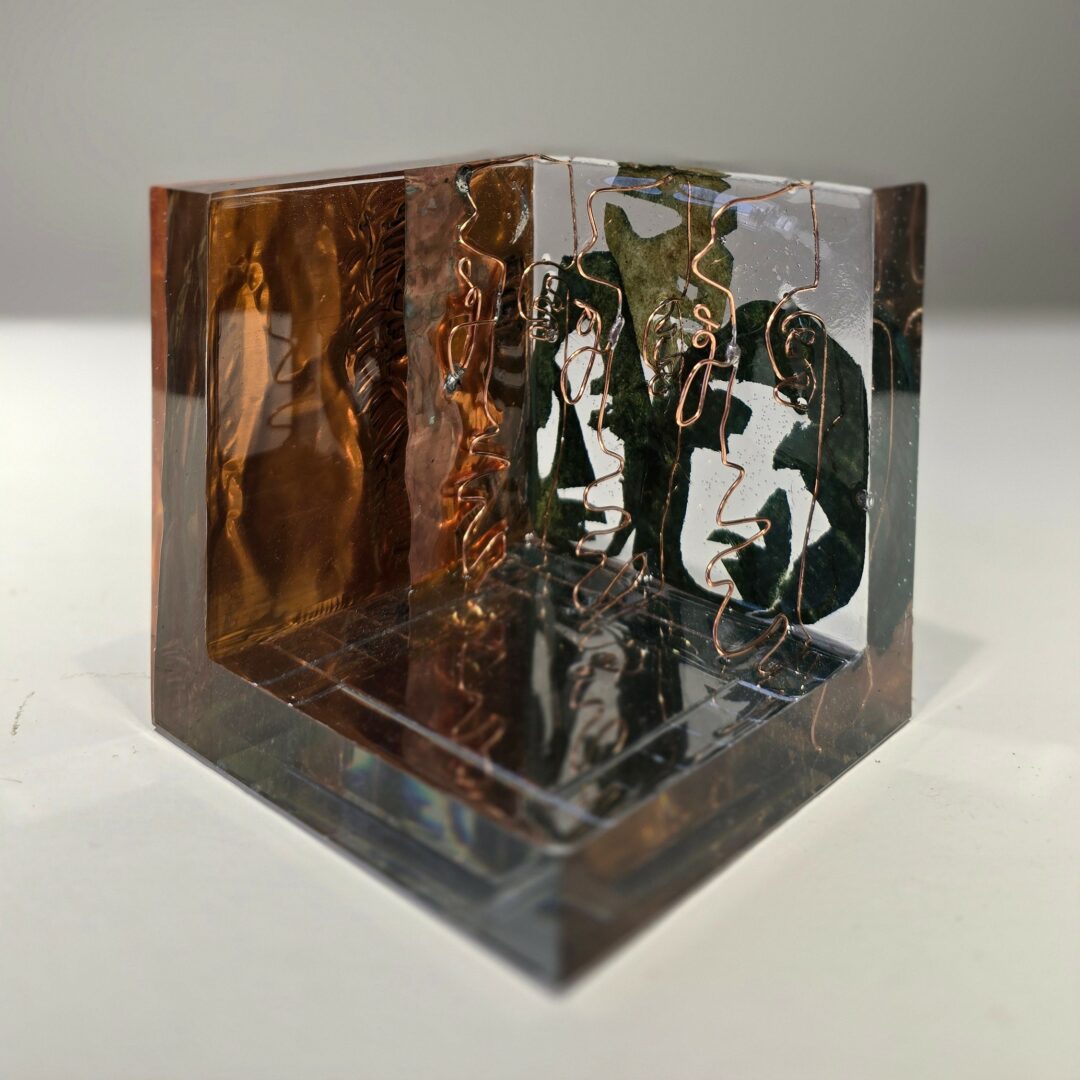
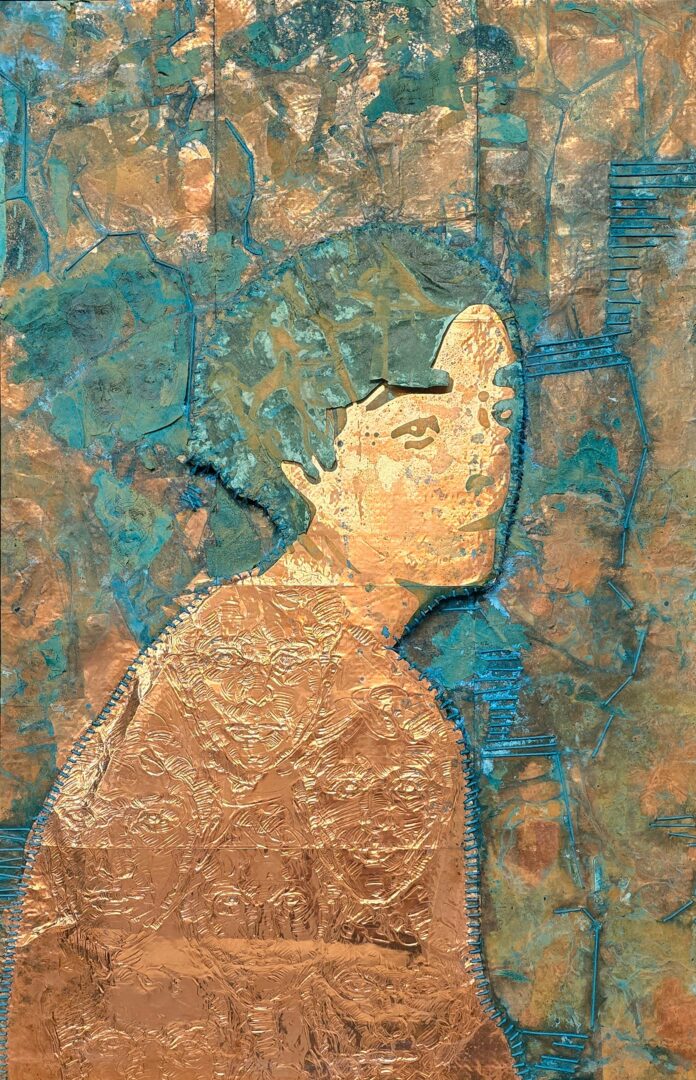
What was the most impactful thing your parents did for you?
Looking back, one of the most impactful gifts my parents gave me was the freedom to choose my own path, and their unwavering support in walking it.
Growing up in Iran, especially during the years I was in high school, pursuing a career in the arts was not encouraged. In a culture where many parents guided their children toward more conventional and prestigious careers, like medicine or engineering, my parents did something quietly radical: they listened to me. They saw my passion for drawing and painting not as a passing interest, but as something that lived deeply within me. Instead of steering me away from it, they supported me fully and without hesitation.
They enrolled me in art classes from a young age, encouraged my curiosity, and created space for me to grow. My mother would even share creative ideas with me, becoming part of my process in the most heartfelt way. It wasn’t just about permission; it was about presence, encouragement, and trust. That kind of support, especially in a context where art was often undervalued, gave me the courage to believe in my own instincts and to build a life rooted in creative expression.
I know now how rare and powerful that kind of parenting is. I am deeply grateful that they never forced me down a path that didn’t belong to me. Instead, they helped me walk toward the one that did, with all my heart.
Contact Info:
- Website: https://www.behnazghasempour.com/
- Instagram: behnaz.ghp
- Linkedin: https://www.linkedin.com/in/behnaz-gh-6420b61b9
- Other: Email: ghp.behnaz@gmail.com
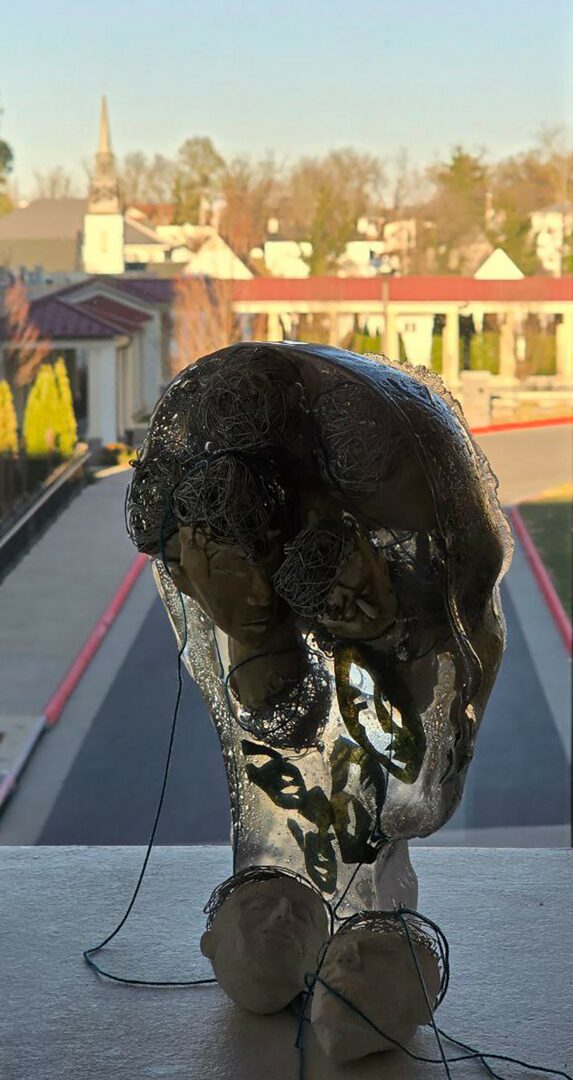
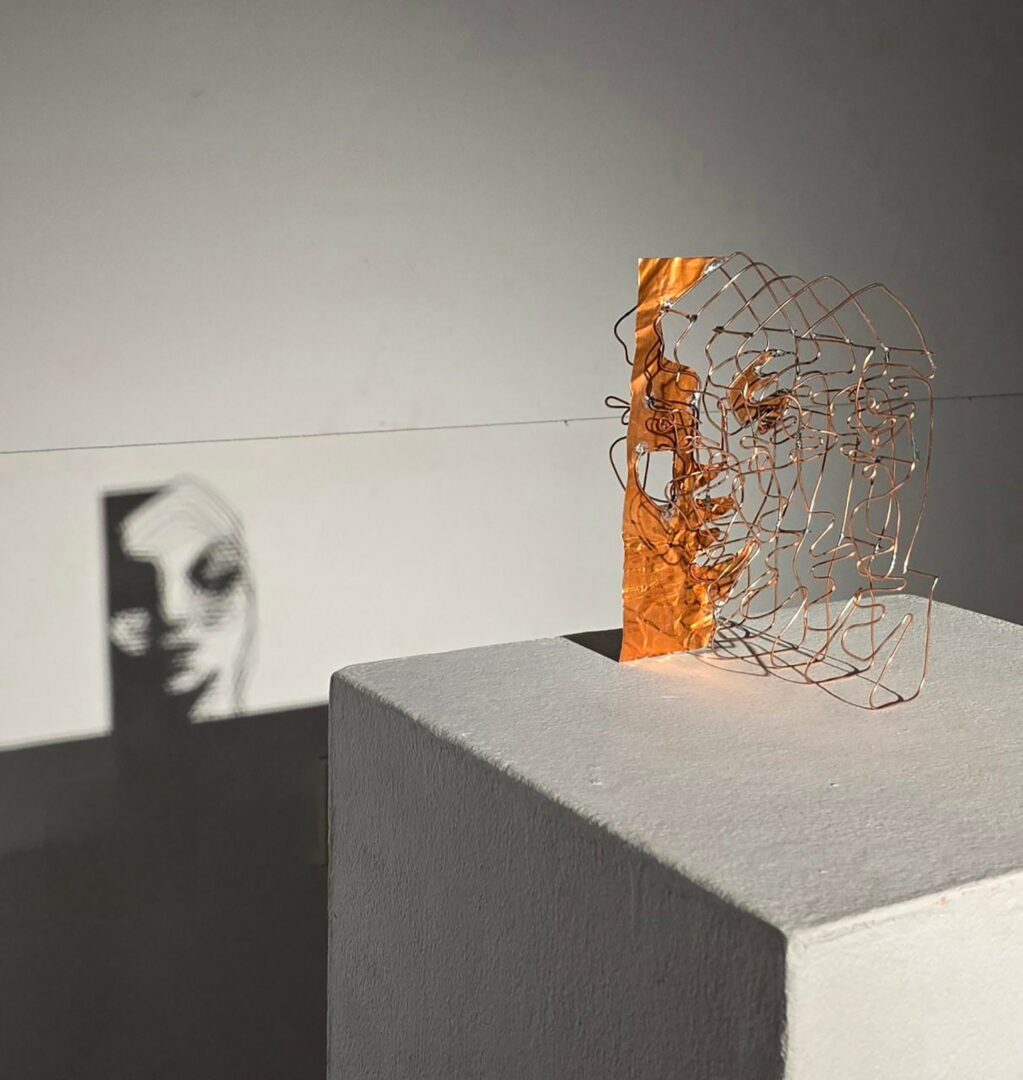
so if you or someone you know deserves recognition please let us know here.

